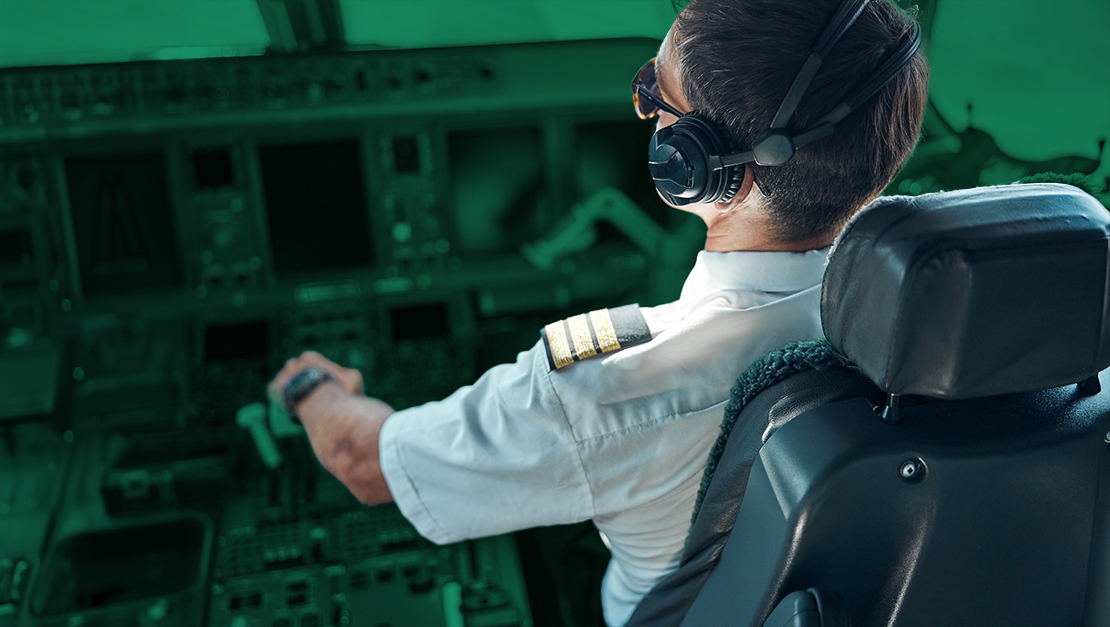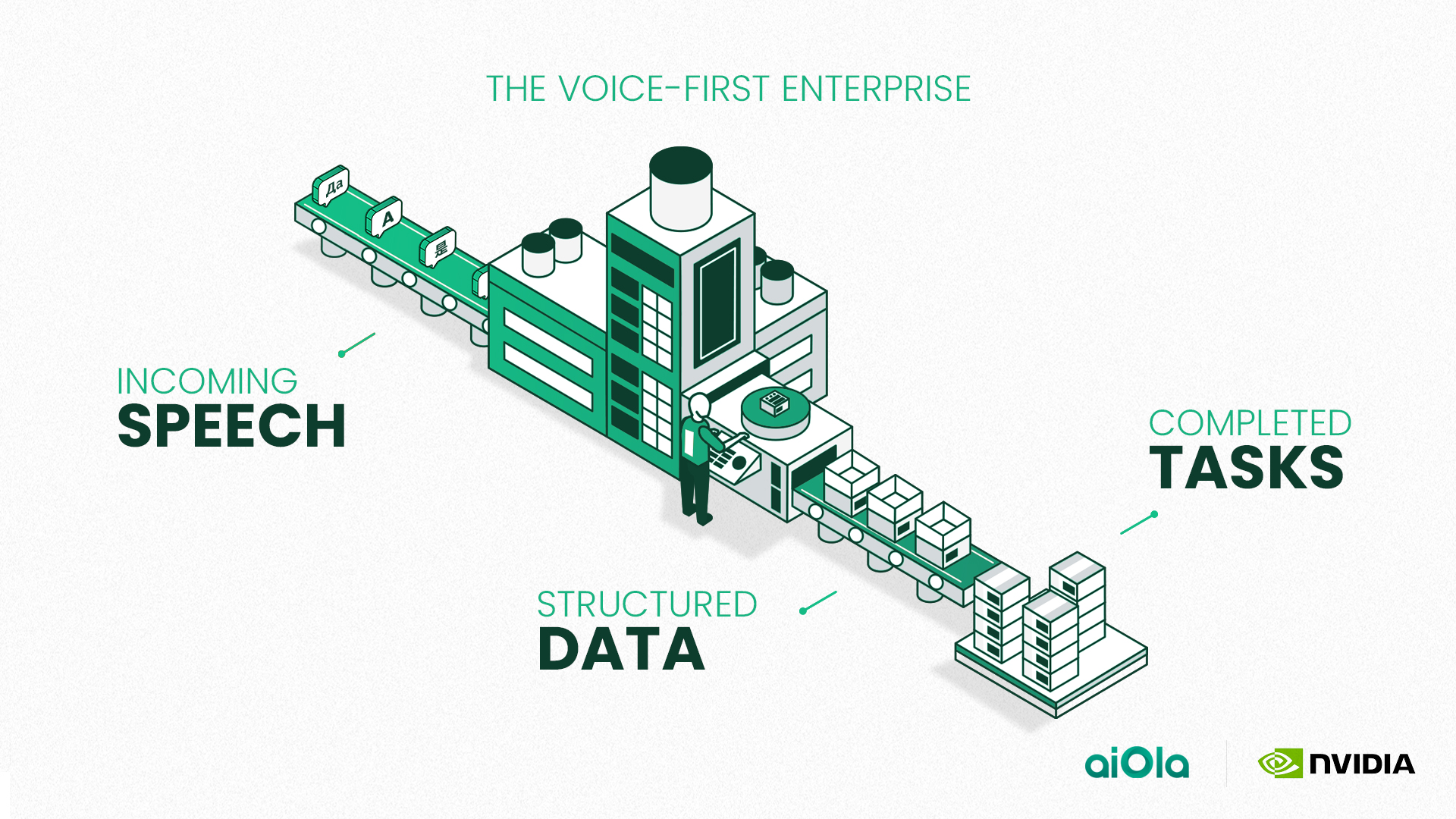AI is changing aviation safety—fast. And if you’re still relying on clipboards, spreadsheets, and manual logs, you’re already falling behind. Let’s get right to it: AI in aviation safety gives aviation teams the power to catch safety issues in real time, before they become disasters.
In this post, we’ll walk through how AI (especially voice-based AI) is being used in aviation, why it matters now more than ever, and how aiOla is helping teams level up safety without slowing down operations.
What Is Aviation Safety?
At its core, aviation safety is about one thing: preventing accidents before they happen. It’s the system of checks, processes, and protocols designed to protect everyone involved in flight operations—passengers, pilots, crew, ground staff, and even the aircraft itself.
It’s not just about responding when something goes wrong. It’s about creating an environment where fewer things go wrong in the first place.
Aviation safety includes a few key elements:
- Prevention: Stopping incidents before they start.
- Detection: Spotting potential issues early.
- Response: Acting quickly when something goes wrong.
- Accountability: Keeping accurate records for audits, investigations, and improvements.
Historically, this has involved a lot of paperwork—manual checklists, written reports, and debriefs that often happen after the fact. That approach has its place, but it’s slow, error-prone, and easy to overlook.
Today, with AI and voice technology in the mix, we’re seeing a shift. We’re moving from reactive safety to proactive safety—from filling out forms after a shift to capturing insights as they happen. It’s a whole new way to protect people and equipment, powered by smarter tools.
Why Is AI in Aviation Safety Important?
Let’s face it: aviation is one of the most regulated industries in the world—and for good reason. But with tightening rules, shrinking margins, and growing complexity, old tools just don’t cut it anymore.
Let’s look at why AI in aviation safety is crucial in today’s world:
1. You Can’t Fix What You Don’t Hear
If mechanics are verbally noting issues on the ground but no one captures them, that’s a blind spot. AI-powered voice tools can literally listen to what’s happening, turning spoken observations into structured data. That means nothing gets missed. When your system hears everything your team does, small concerns can be flagged before they turn into big problems.
2. Regulations Are Tightening
From FAA updates to global aviation watchdogs, the heat is on. Traceability is no longer a “nice to have”—it’s essential. AI creates an instant, auditable trail of every action, with time stamps and structured reports to back it up. That kind of automated compliance not only helps avoid fines—it builds trust and improves accountability.
3. The Industry Is Moving
Companies like United are investing in AI-powered voice tools for operations. Falling behind means taking unnecessary risks—and potentially making tomorrow’s headlines for the wrong reasons. Adopting AI now helps future-proof your operations and stay competitive as the rest of the industry evolves.
4. People Talk. Your Systems Should Listen
Typing is unnatural in the hangar. Talking isn’t. aiOla turns verbal checklists, hazard reports, and routine maintenance logs into structured reports—instantly synced to your systems. This means your team can keep their hands and eyes on the job, while still capturing every critical detail.
How Is AI Used in Aviation Safety?
Airlines need to start thinking about how AI can improve aviation safety. While AI might sound complex, in aviation safety, it boils down to a few key applications:
Machine Learning (ML)
Machine learning (ML) helps systems learn from past incidents and predict potential risks. Think of it as a supercharged memory that never forgets what went wrong—and can alert teams before it happens again.
Computer Vision
Used in drone inspections or automated maintenance checks, computer vision can spot physical damage or anomalies in real time, reducing the need for manual inspection and catching things human eyes might miss.
Natural Language Processing (NLP)
Natural language processing (NLP) enables systems to understand spoken or written language. It’s crucial for turning voice data (like maintenance reports) into structured insights—especially when combined with automatic speech recognition.
Automatic Speech Recognition (ASR)
This is the real game-changer. Automatic speech recognition (ASR) converts spoken language into text, even in noisy environments. When designed for aviation-specific jargon (like aiOla’s tech), it lets mechanics, pilots, and crew capture critical safety data just by talking.
What Does the Future of Aviation Safety Sound Like?
Let’s be honest—silence is dangerous in aviation. When important observations from the frontlines go undocumented, risks multiply fast. We’ve seen it time and again, from the Tylenol crisis in the ’80s to today’s high-profile aviation incidents. The pattern is clear: what’s not captured can’t be fixed.
And that’s the problem—so many safety teams are still relying on manual, outdated systems that miss real-time insights.
Here’s what modern aviation safety needs:
- Real-time, spoken safety logs and alerts: So nothing gets lost or delayed.
- Natural reporting in any language and accent: So your global team can speak freely and clearly.
- Unmatched accuracy in noisy environments: Because hangars and runways are loud, but that shouldn’t get in the way of safety.
- Instant frontline data at leadership’s fingertips: No more waiting days to know what’s happening on the ground.
- Enterprise-grade security and integration: Because safety data must be both actionable and protected.
With AI tools like aiOla, the future of AI in aviation safety doesn’t just look good—it sounds better too.
How Can aiOla Help Improve Aviation Safety?
aiOla isn’t just any enterprise ASR tool—it’s built specifically for high-stakes, high-noise, high-complexity environments like aviation.
Let’s explore how aiOla can improve aviation safety:
Jargonic: Built for Industry Language
Most ASR tools fall apart when faced with technical terms. aiOla’s Jargonic ASR is the world’s most accurate ASR for industry-specific jargon. Whether it’s “hydraulic accumulator” or “yaw damper,” aiOla knows what you’re saying—and how to structure it.
Real-Time, Hands-Free Logging
Typing on a laptop in a hangar isn’t just awkward—it’s unrealistic. aiOla lets your frontline teams document safety-critical actions just by speaking. No delays, no data loss. It’s like having a voice-activated safety officer riding shotgun.
Natural Reporting in Any Language or Accent
Multilingual team? No problem. aiOla understands natural speech in any language or accent, so your team doesn’t have to switch how they talk to get their message across.
Noise? Not an Issue
Hangars and tarmacs aren’t exactly quiet. aiOla’s tech is built to perform with unprecedented accuracy in noisy environments, filtering out background sounds and honing in on what matters.
Actionable Data at Leadership’s Fingertips
All this speech data gets instantly structured and sent to your systems—ready for dashboards, alerts, or audits. That means leadership gets live visibility into safety performance across teams and time zones.
Enterprise-Grade Security
This is aviation, after all. aiOla meets the highest standards of data security and system integration, ensuring your voice data is safe, encrypted, and compliant with global privacy regulations.
Final Thoughts: Why AI in Aviation Safety—and Why Now?
AI in aviation safety isn’t some far-off reality. It’s already here—and it’s already making a difference. From real-time reporting to predictive alerts, AI helps teams catch issues before they turn into incidents. And when that AI is voice-driven? You get even more power without adding more work.
That’s what makes speech AI so valuable. It fits into your team’s natural workflow—no typing, no delays. Just clear, spoken input turned into structured, compliance-ready data.
With aiOla, you’re not just capturing information—you’re creating a system that’s faster, smarter, and safer. Your team can act quickly, stay compliant, and prevent problems before they escalate. Because let’s be real: it only takes one missed report to become the next headline. But with tools that actually listen—you don’t just react, you stay ahead.
Want to see what safer, smarter aviation looks like in action? Book a demo with aiOla today.








